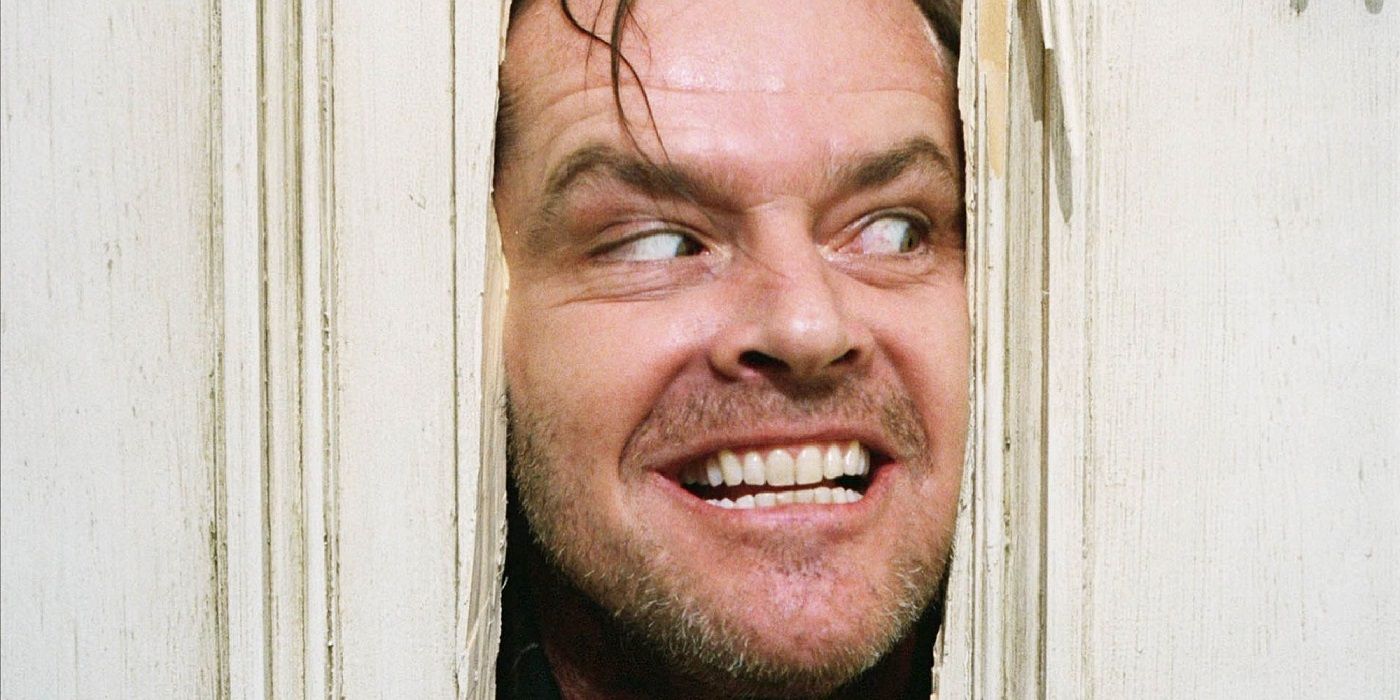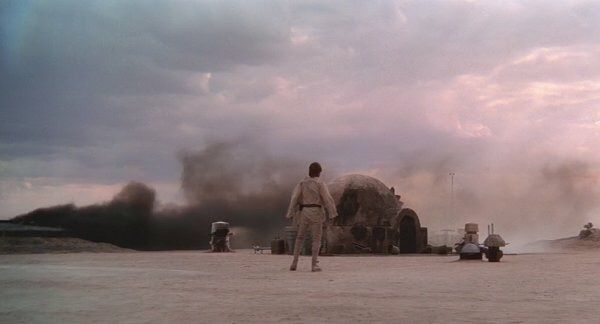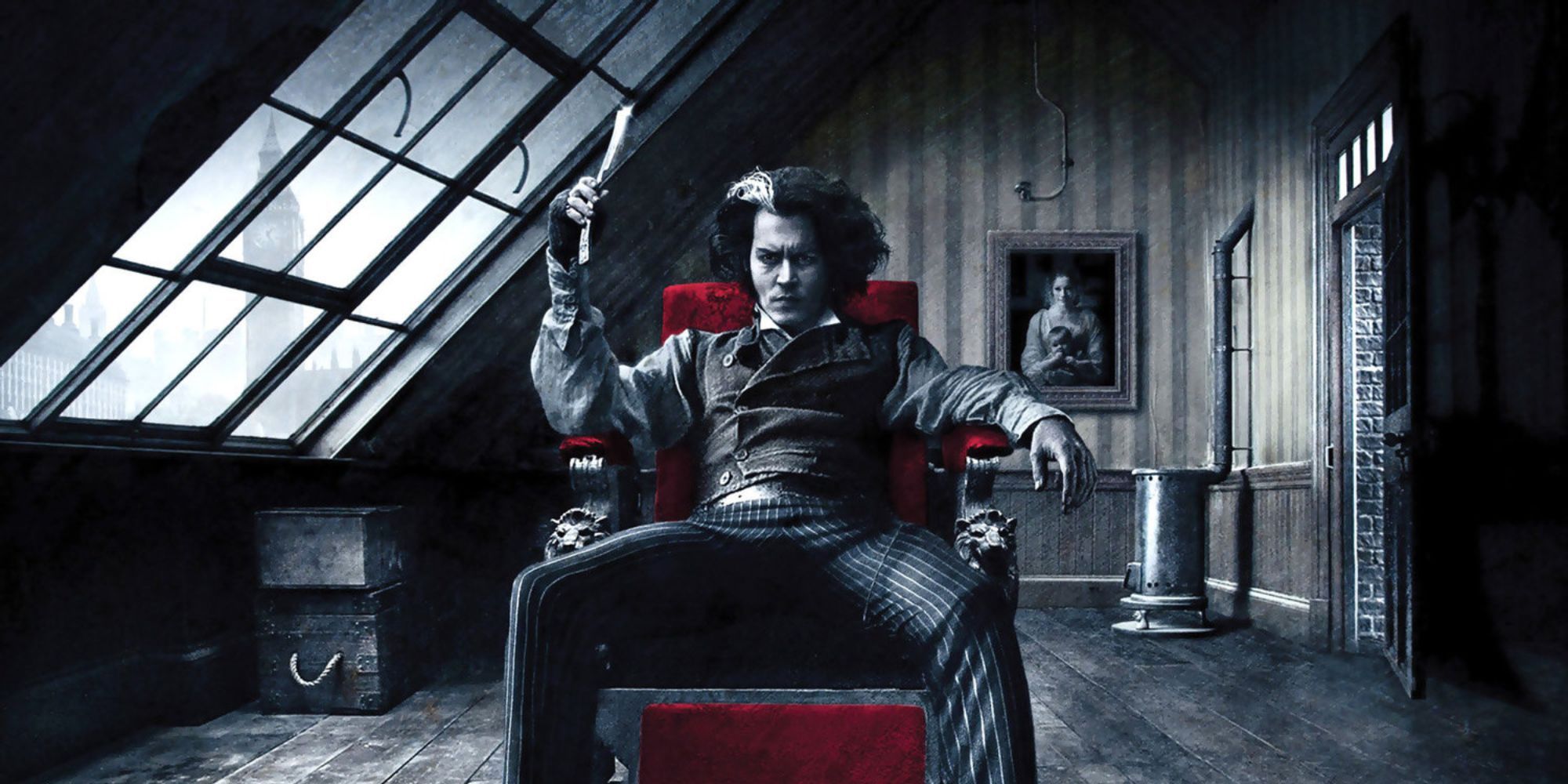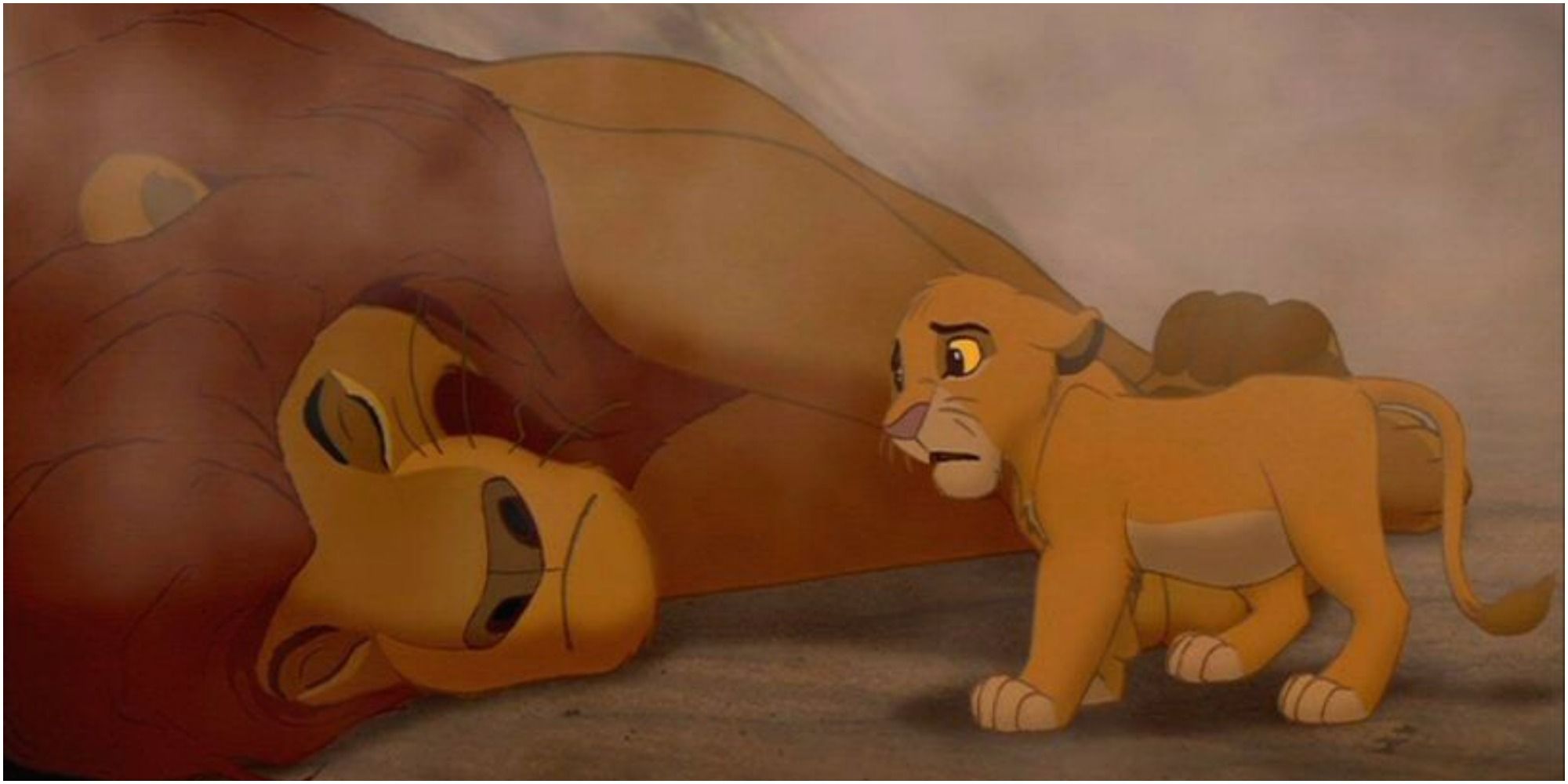The theme song of HBO's deathly drama The White Lotus has been making the rounds throughout all facets of society. Season 1's theme, "Aloha!" and Season 2's "Renaissance" seem to be everywhere. The composer of the theme, Cristobal Tapia De Veer, has nearly a million monthly listens on Spotify. The song has leached out across the vast TikTok landscape. Popular DJs are including remixed versions of it in their sets throughout the festival circuit. The Killers even used it as their intro song during their tour in Australia recently.
However, the melody is actually something that has pervaded society long before The White Lotus. In fact, the viewership has heard it over and over again in film and television since they were kids, and it has existed in the public conscience since at least the 13th century. Here is the origin of the theme, what it means, and where you've likely heard it before.
The Day of Wrath
The four repeated notes of The White Lotus theme, sung in a yodel-esque ululation, are a sequence that has appeared in classical music for nearly a millennium. It's earliest known record dates to the 1200s as a Gregorian chant known as "Dies Irae" or "The Day of Wrath." It has since been used by many a composer from Mozart to John Williams. Each time it is used, the meaning of the refrain solidifies a bit more in the collective unconscious. Perhaps its best-known historical occurrence is in the Roman Rite, Requiem or "Mass for the Dead." Ever since, musicians and composers have used the series of notes to signify death, loss, danger, and impending doom. So much so, that music historians, film composers, and classical music junkies knew that someone was going to die in The White Lotus from simply its title sequence. It is so abundantly used that once one is in the know, It's hard not to start recognizing it everywhere.
Dies Irae in Horror
For any horror movie aficionado, the theme song of The Shining is an iconic staple. Its low, heavy tones and shrill wails slowly build to create a sense of tension and unease. It is well documented that composers Wendy Carlos and Rachel Elkind adapted "Dies Irae" into the main title theme, but that wouldn't be the first or last time it would appear in the world of horror. This melancholic tetrad also appears in the soundtracks for Poltergeist, The Omen, and 10 Cloverfield Lane to name a few. These, however, are just a little less memorable than some of the extremely notable instances to come.
John Williams
A master of the blockbuster film soundtrack, John Williams has layered some of the greatest film scenes of all time with the perfect scoring to pull the viewer emotionally in and hold them there. It's no wonder that "Dies Irae" has worked its way into some of the darkest, most suspenseful, and deadly scores of Williams' career. It is present in Star Wars: A New Hope when Luke Skywalker's aunt and uncle are killed. It can be found in the tangled notes that play in Harry Potter and The Chamber of Secrets during the nightmare-inducing attack of the giant spiders. In Close Encounters of the Third Kind, it follows the characters as they journey to visit the alien spacecraft. And it is even subtly present in the build-up to the electric fence being turned on as Alan (Sam Neill) and the children attempt to climb over it in Jurassic Park.
Tim Burton
Another acclaimed filmmaker that seems to gravitate to the "Irae" is Tim Burton. The mass for the dead can be found in nearly every film of his from early works like Batman Returns in 1992 and the theme of 1996's Mars Attacks! right up through some of the modern classics Burton is known for. In Nightmare Before Christmas it is the main motif of "Making Christmas" which plays when the citizens of Halloween Town attempt to throw their own Noel, but it can also be heard in "Jack's Lament" and "Sally's Song." In Sweeney Todd: The Demon Barber of Fleet Street, "Dies Irae" transforms into the opening theme of the murderous film. When listening to the original Gregorian chant version of the song, it's hard to think of any other filmmaker that would so gladly utilize it throughout their films than Burton, but a surprising assortment of films from Disney also famously use this iconic melody.
Disney and Childhood
An astonishing number of films from the magical Disney vault of childhood animation feature the infamous requiem of death. It is here where some of the most notable earworm versions of the refrain can be found. For instance, Elsa's mystical secret siren melody that lures her into the unknown in search of its origin in Frozen II can so easily get stuck in the heads of viewers that hour-long versions of it exist on YouTube. It may, in fact, also be the most similar version of "Dies Irae" to the theme of The White Lotus out there. A striking version of the melody much more true to the 13th Century chant is also ever present in The Hunchback of Notre Dame. When Simba starts a stampede that kills his father in The Lion King, you guessed it, "Dies Irae."
Beyond the gates of the kingdom of Disney, the ancient death tune also features in Home Alone when Kevin McCallister (Macaulay Culkin) crosses paths with "Old Man" Marley (Roberts Blossom) who was rumored to be the infamous South Bend Shovel Slayer, a local serial killer. In It's A Wonderful Life, when George Bailey (James Stewart) makes the fateful decision to attempt suicide off of a bridge, "Dies Irae" is there to underscore the intensity of the impending death.
While The White Lotus is likely the first to make "Dies Irae" into a certified bop, it has a long history predating the recent HBO show, and will likely carry on for as long as human beings make music, cinema, and television. One thing's for sure, fascination with death and intrigue is central to the human experience, so much so that we gave it a subconscious theme song of its own. Thus, the next time you imitate The White Lotus theme by cupping your hand over your mouth or wiggling your tongue, know that you are partaking in a centuries-old tradition of wailing about our fragile mortality.





